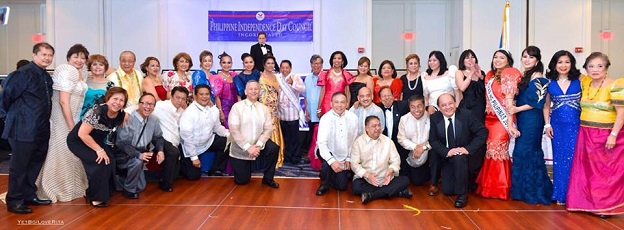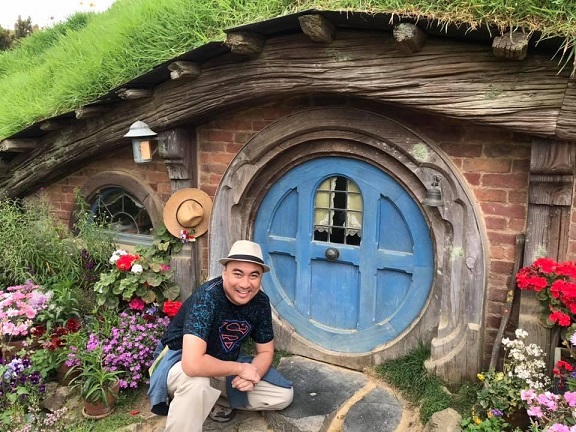OFF THE WALL: Never too late to play with trains
By Rene Pastor
When I was 6 or 7 years old, my parents gave me an electric train toy for Christmas.
We set it up in the living room of our Quezon City house located in front of an old Catholic church. I would watch the train for hours until I got bored and then went out in the yard to play hide-and-seek with my brother and cousins.
Many years later, I visited a dear friend in Edinburgh, Scotland. I flew into London and got to King’s Cross station to get my connecting ride. I took the train to see the English countryside under a bright winter sun. There is something romantic about train rides. This short episode brought back that fond memory – a rare one too — of a childhood Christmas spent with trains and other things.
My IRA portfolio includes, among other shares, train stocks.
The first one I bought was CSX, a railroad firm that dominates the U.S. East Coast. The firm runs the largest rail network at about 21,000 miles of rail in the eastern part of the country, operating in 23 states and two Canadian provinces.
The next train stock I bought is Union Pacific, which at 32,000 miles of rail is the biggest in the United States. UNP, as it is called, operates in the western two-thirds of the United States, with lines in 23 states and its rail links running from Canada to Mexico.
For a while, I had a position in a Canadian railroad company. But I felt that was one too many train companies so I sold off on that one.
The train system in the United States only has a handful of companies dominating the industry. Analysts estimate 80 percent of train revenues are generated by the four largest railroads. They are UNP, CSX, Norfolk Southern Corp and Burlington Northern Santa Fe, which is owned by iconic investor Warren Buffett’s Berkshire Hathaway.
The last company where I took a position is Trinity Industries. It is not exactly a train company but something similar. It has a rail group which builds the rail cars used to transport liquids, gasses and dry cargo like milk powder. The backlog of railcar orders at the end of 2012 stood at $3.7 billion, meaning Trinity will be very busy for many years to come. Trinity also builds those guardrails you see on the highways, baggage handling systems, wind towers, and propane tanks among others. The firm is also the biggest builder of inland barges used to haul corn, wheat and other agricultural products down the Mississippi river.
Trains move everything, from chemicals, food, machines and people.
One way to tell if the U.S. economy is shaking off the residual recession which hit the country in 2008 is to see how the train companies are doing. Like canaries in the coal mine, the increased use of trains to move cargo all around the country is usually taken as a sign the economy is on the mend and things are starting to pick up.
The best performing train stock in my IRA retirement account is Trinity, where I am up about 22 percent. I bought the stock around $36 per share, and it has been trading near $45 per. My CSX is up about 11 percent and my Union Pacific investment is up by slightly under 5 percent. I have only been active investor for the last eight months, but I look at train stocks as keepers for the long haul.
To borrow a hackneyed phrase, train companies are the “salt of the earth” in the market. They are not explosive growth stocks. But they keep a portfolio grounded because they reflect the health of the American economy.
‘Off the Wall’ is a weekly column on the stock market. The comments expressed here are the author’s personal views and are not meant to recommend the buying or selling of stocks.











